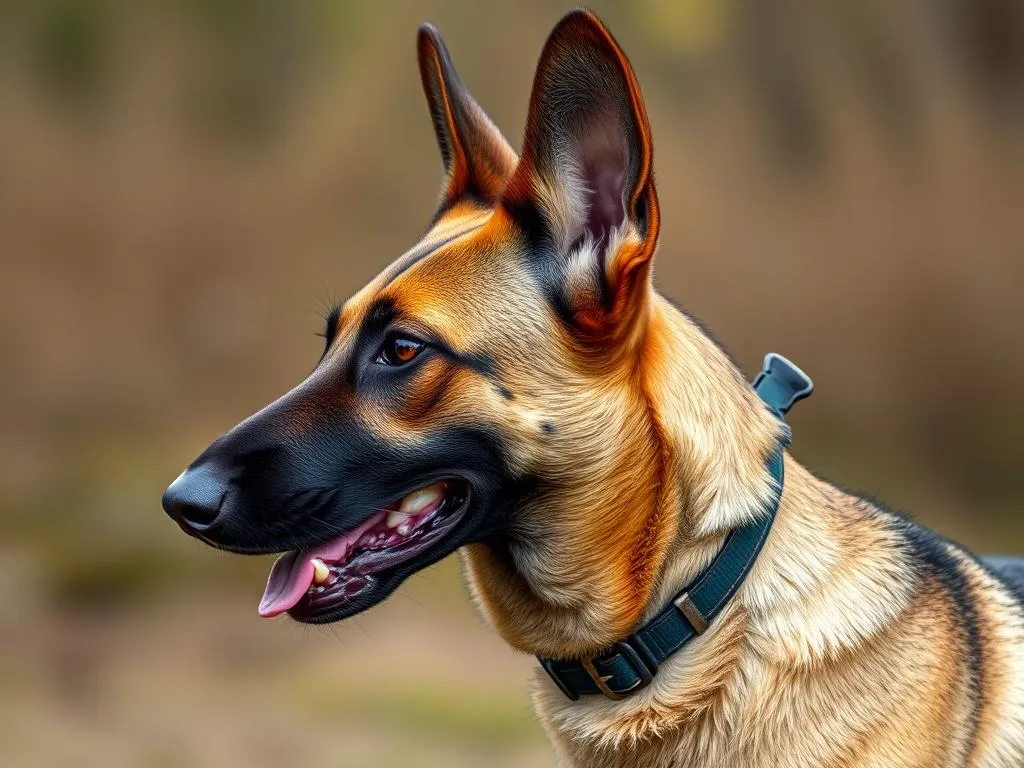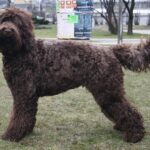
Introduction
The Belgian Malinois is a highly intelligent and versatile breed known for its agility and keen sense of smell. Originating from Belgium, this breed was initially developed for herding sheep. Over the years, the Belgian Malinois has gained prominence in various roles, including police and military work, thanks to its exceptional trainability and strong work ethic.
Understanding aggression levels in any breed is essential for potential owners. Knowing whether a dog is aggressive can influence decisions on whether that breed is suitable for your lifestyle and family. In this article, we will delve into the aggression levels of Belgian Malinois, dissecting their characteristics, potential for aggression, and how to manage it effectively.
Understanding Dog Aggression
What is Dog Aggression?
Dog aggression can be defined as behavior that is intended to assert dominance, defend territory, or protect resources. It is essential to recognize that not all aggression is the same; there are various types, including:
- Fear-based aggression: This occurs when a dog feels threatened or scared, leading it to lash out.
- Territorial aggression: A dog may show aggression when it perceives an intruder in its space.
- Protective aggression: This type is triggered when a dog feels the need to protect its owner or another individual.
Factors Influencing Aggression
Several factors can influence aggression in dogs, including:
- Genetics: Some breeds are predisposed to aggressive behaviors.
- Environment: A dog’s surroundings can significantly impact its behavior. Dogs raised in stressful or unstable environments may develop aggressive tendencies.
- Socialization: A well-socialized dog is less likely to exhibit aggressive behaviors as it becomes accustomed to various stimuli and situations.
- Training: Proper training can mitigate aggressive tendencies, ensuring that a dog learns appropriate behaviors.
Belgian Malinois Characteristics
Physical Traits
Belgian Malinois are medium-sized dogs, typically weighing between 40 to 80 pounds. They have a short, fawn-colored coat with a black mask, giving them a striking appearance. Their athletic build and agility make them well-suited for various physical activities and roles.
Temperament Overview
The temperament of a Belgian Malinois is characterized by its high intelligence, energy levels, and trainability. These dogs are known for being loyal and protective but can also be reserved around strangers. Their strong work ethic makes them ideal candidates for jobs that require focus and discipline.
Comparison to Other Breeds
When discussing aggression levels, it’s helpful to compare Belgian Malinois with other breeds, such as German Shepherds and Rottweilers. While all these breeds have protective instincts, Belgian Malinois are often regarded as more energetic and responsive to training. They may exhibit higher prey drives, which can sometimes be mistaken for aggression if not managed properly.
Aggression in Belgian Malinois
Is the Belgian Malinois Aggressive?
To address the question of how aggressive are Belgian Malinois, it’s crucial to clarify that aggression is not inherent in the breed. While some individuals may display aggressive tendencies, these behaviors are often a result of environmental factors, poor training, or lack of socialization.
Statistics on dog aggression can be misleading, as they often do not account for the owner’s role in a dog’s behavior. Many aggressive incidents involving dogs are linked to owners who have not provided proper training or socialization.
Types of Aggression in Malinois
Belgian Malinois can exhibit various types of aggression, depending on the situation:
- Protective aggression: This type of aggression is often directed towards perceived threats. Belgian Malinois are known to be fiercely protective of their families, making them excellent guard dogs.
- Prey drive aggression: Their strong prey drive can sometimes manifest as aggressive behavior towards smaller animals. This instinct is more pronounced in Malinois than in some other breeds.
- Territorial aggression: Malinois may display aggression when defending their territory, especially if they feel that their space is being invaded.
Situations that May Trigger Aggression
Certain situations can trigger aggressive behaviors in Belgian Malinois:
- Unfamiliar people or animals: Malinois may become defensive or aggressive when encountering new individuals or pets, particularly if they perceive them as threats.
- Lack of socialization: Dogs that have not been adequately socialized may react aggressively due to fear or uncertainty.
- Stressful environments: High-stress situations can lead to aggressive outbursts, especially if the dog feels cornered or threatened.
Training and Socialization
Importance of Early Socialization
Early socialization is critical for a Belgian Malinois to develop a well-rounded temperament. Introduce your Malinois to various environments, people, and other animals from a young age. This exposure helps them become comfortable and confident in different situations, reducing the likelihood of aggressive reactions.
Best Practices for Socializing a Belgian Malinois
- Controlled exposure: Gradually expose your dog to new experiences, ensuring they are positive.
- Positive reinforcement: Reward your dog for calm behavior during socialization opportunities.
- Group classes: Enroll your dog in obedience or socialization classes to facilitate interaction with other dogs and people.
Recommended Age for Socialization
The critical period for socialization in dogs is generally between 3 to 14 weeks of age. However, socialization can and should continue throughout the dog’s life.
Training Techniques to Manage Aggression
Managing aggression in a Belgian Malinois requires consistent training and appropriate techniques:
- Positive reinforcement strategies: Reward good behavior with treats, praise, or play to encourage desired actions.
- Commands and obedience training: Teaching commands like “sit,” “stay,” and “leave it” can help manage aggressive tendencies. A well-trained dog is less likely to act out.
- Working with a professional trainer: If you’re struggling with aggression issues, consider enlisting the help of a professional dog trainer who specializes in aggressive behaviors.
Living with a Belgian Malinois
Ideal Home Environment
Belgian Malinois thrive in environments where they have plenty of space and opportunities for exercise. They require daily physical and mental stimulation to stay happy and healthy.
Space Requirements and Exercise Needs
- Daily exercise: A minimum of 1-2 hours of exercise per day is essential. Activities can include walks, runs, play sessions, and training exercises.
- Mental stimulation: Engaging in activities like obedience training, puzzle toys, or agility courses can help keep their minds sharp.
Compatibility with Children and Other Pets
Belgian Malinois can be excellent family dogs, especially when raised with children. However, it’s crucial to supervise interactions between your Malinois and young kids. They can be tolerant and protective, but their high energy levels may be overwhelming for small children.
When introducing a Belgian Malinois to other pets, gradual introductions are essential to ensure that all animals feel comfortable and safe.
Managing Aggressive Behaviors
Preventing and managing aggressive behaviors requires vigilance and proactive measures:
- Consistent training: Reinforce positive behaviors and discourage negative ones consistently.
- Monitoring interactions: Keep an eye on your Malinois during playtime or introductions with new people and animals.
- When to seek professional help: If aggressive behaviors persist or escalate, it is crucial to consult with a professional dog trainer or animal behaviorist.
Conclusion
In summary, the question of how aggressive are Belgian Malinois cannot be answered with a simple yes or no. This breed has the potential for aggression, but it largely depends on factors such as training, socialization, and the individual dog’s temperament. With proper care and attention, Belgian Malinois can be loving, loyal companions.
Owning a Belgian Malinois is a commitment that requires time, patience, and understanding. Prospective owners should thoroughly research the breed and ensure they are prepared to meet the dog’s needs to foster a positive and healthy relationship.
FAQs
Are Belgian Malinois good family dogs?
Yes, Belgian Malinois can be excellent family dogs when properly trained and socialized. They are known for their loyalty and protective nature, making them great companions for families.
Can aggression be trained out of a Belgian Malinois?
While some aggressive behaviors can be managed or mitigated through training, it is essential to address the underlying causes of aggression. Working with a professional trainer can help modify aggressive tendencies effectively.
What should I do if my Belgian Malinois shows aggression?
If your Belgian Malinois exhibits aggressive behavior, it’s important to remain calm and avoid escalating the situation. Seek professional guidance from a dog trainer or behaviorist to develop a plan to manage and modify the behavior.









